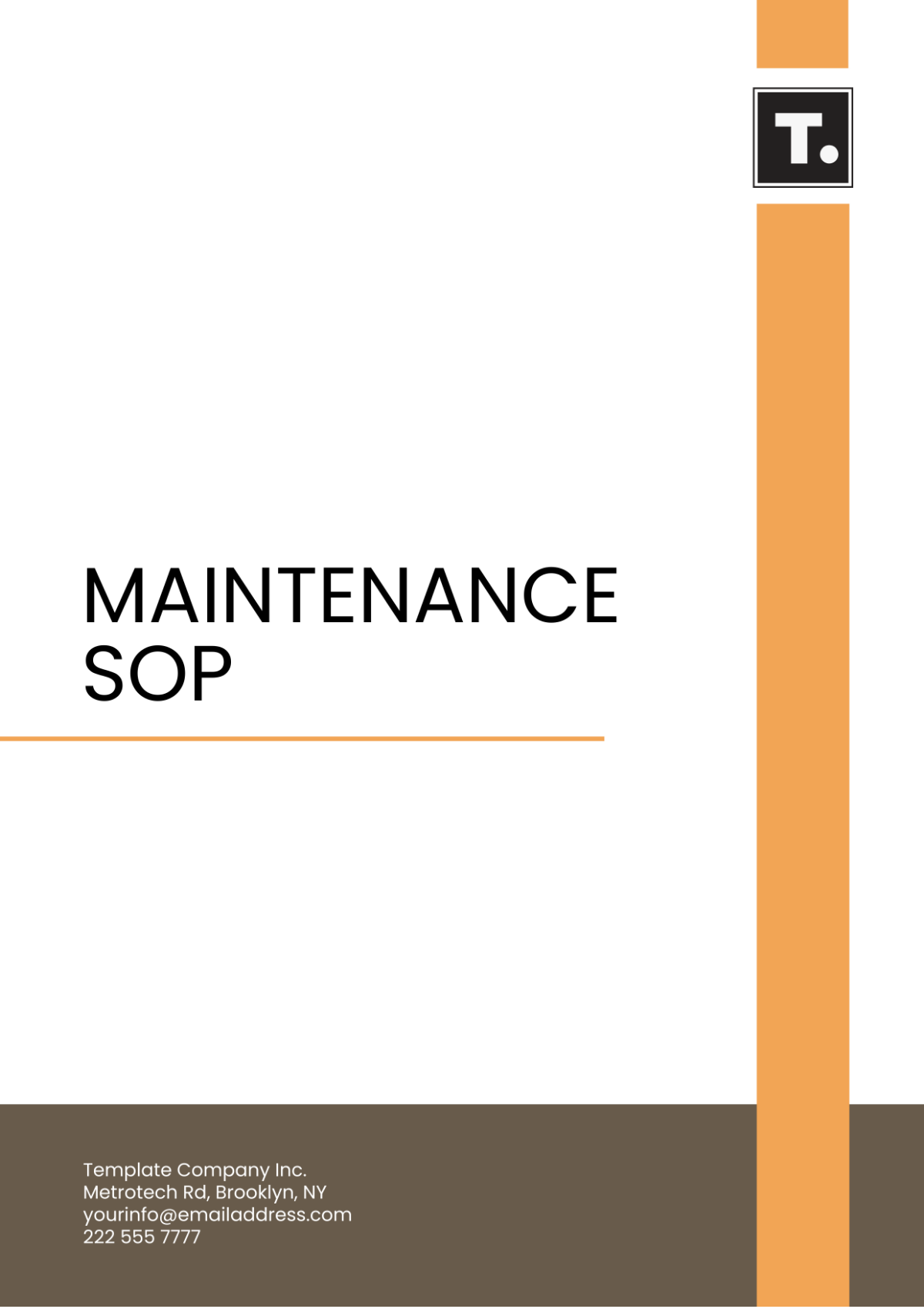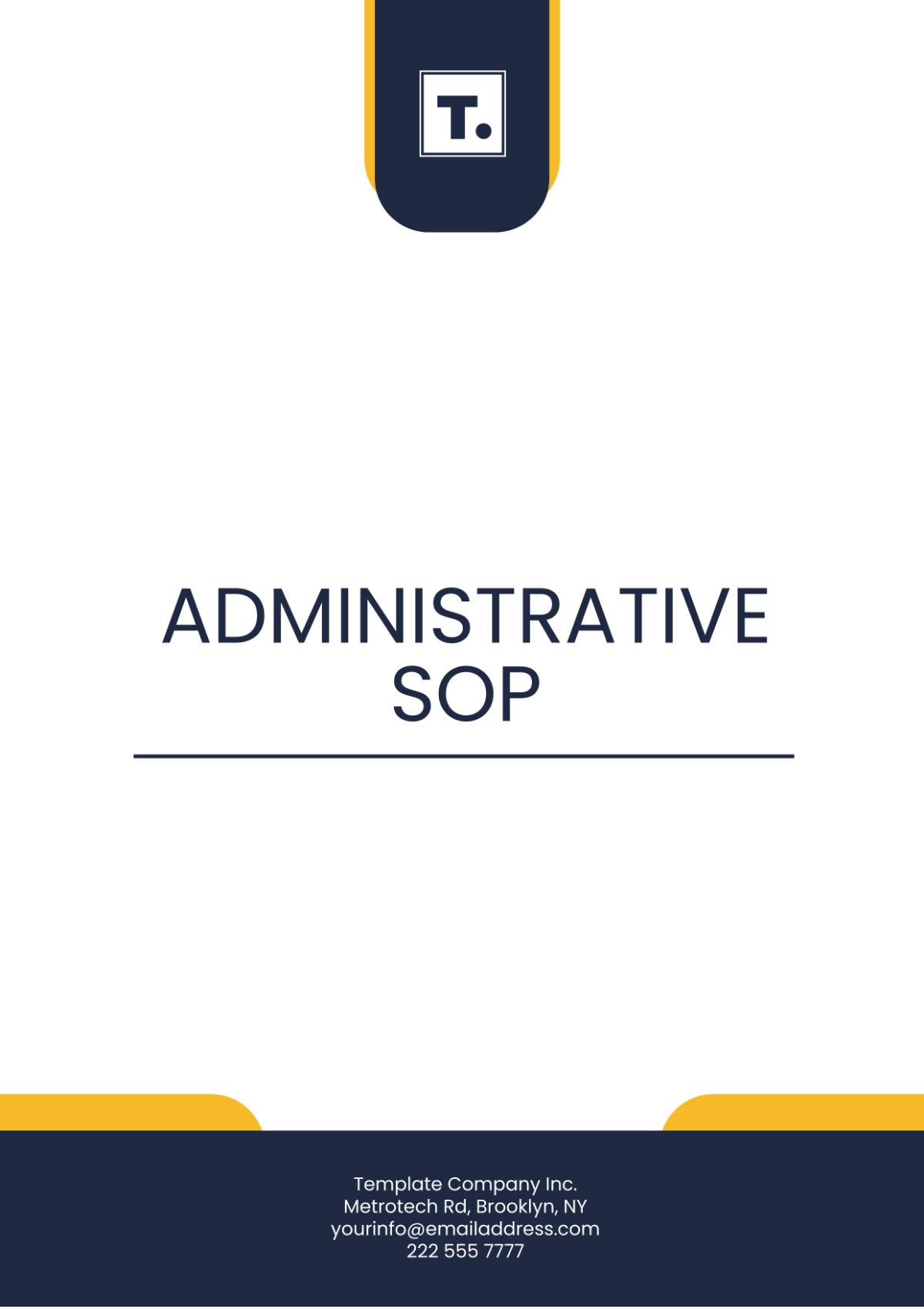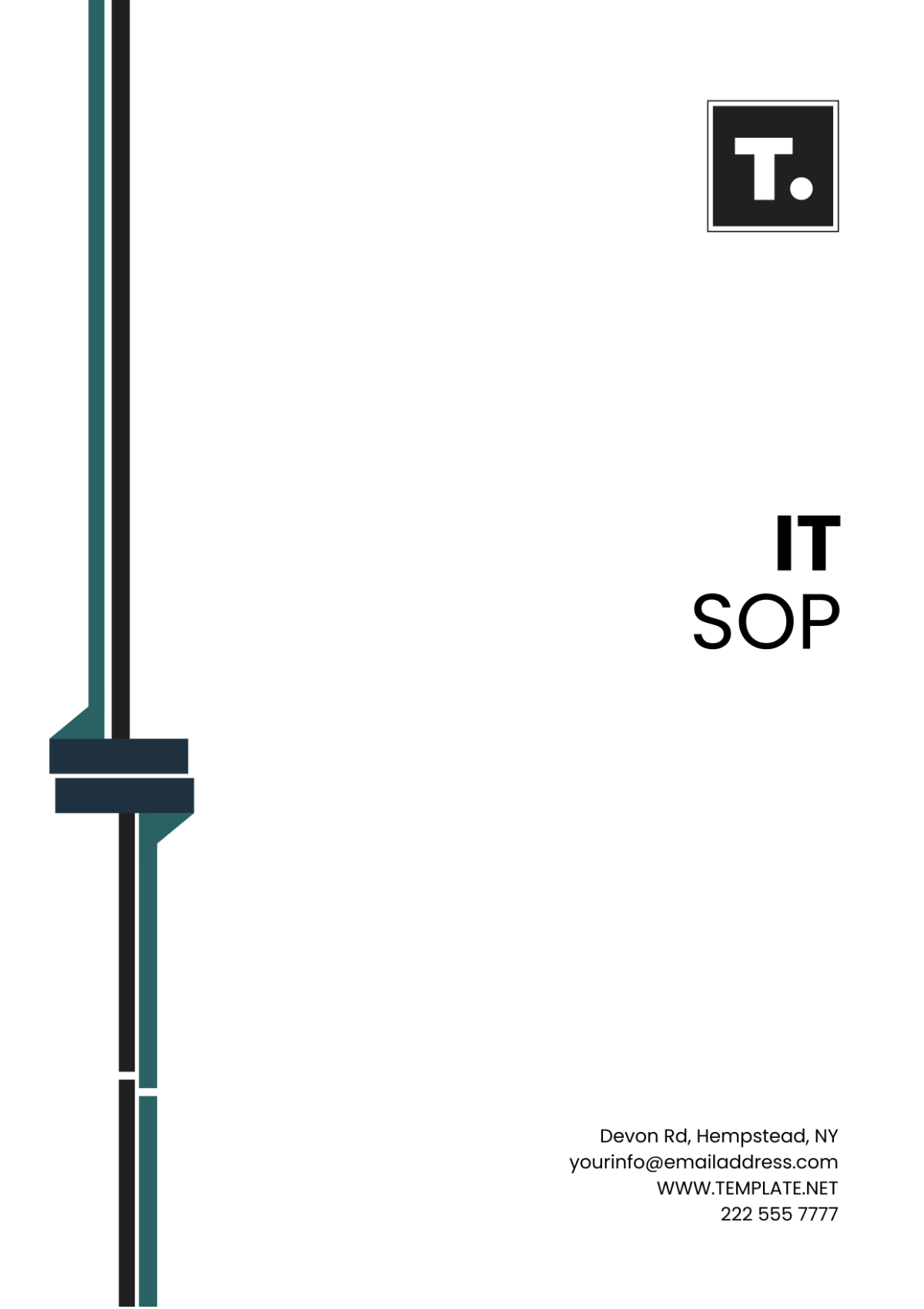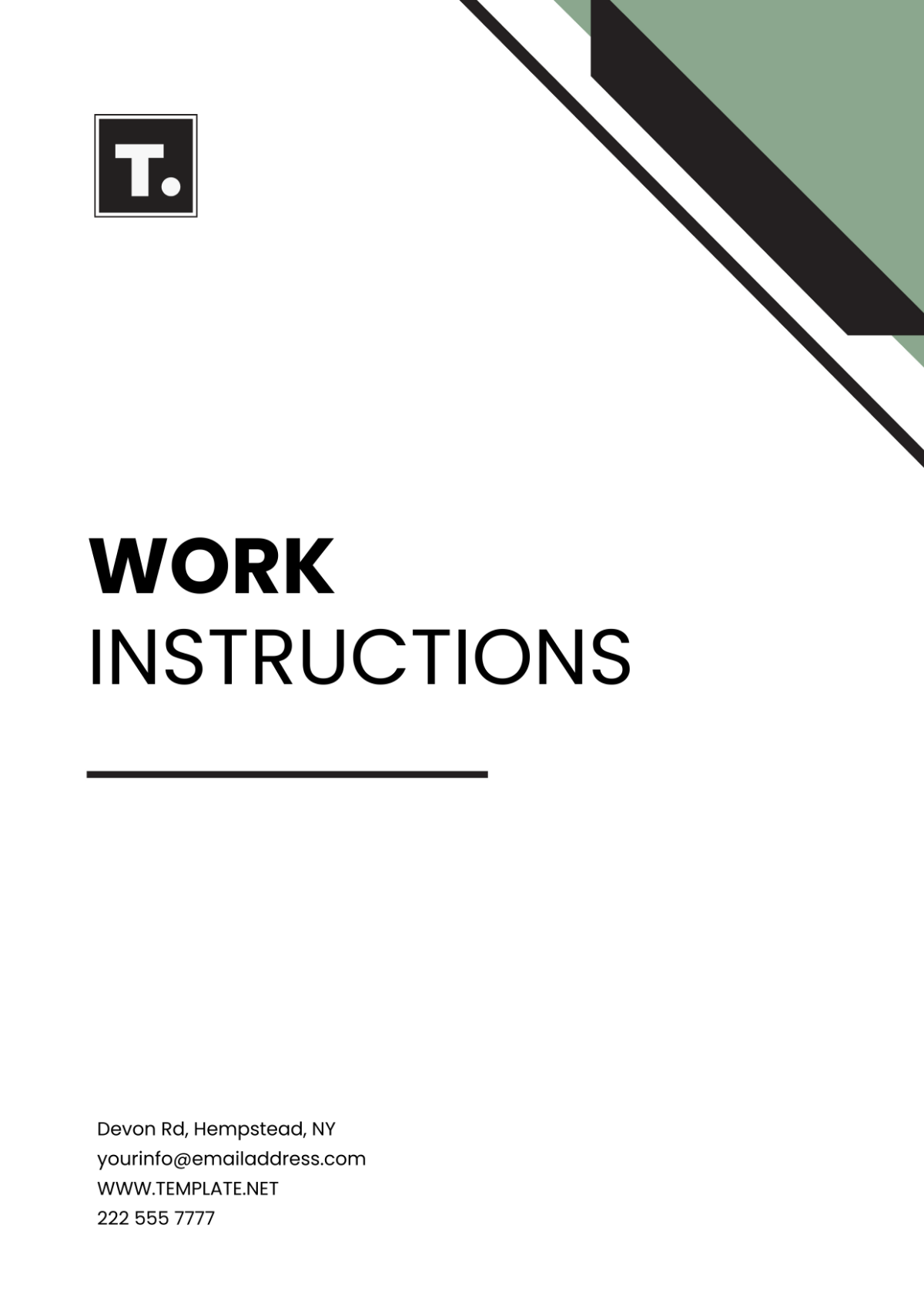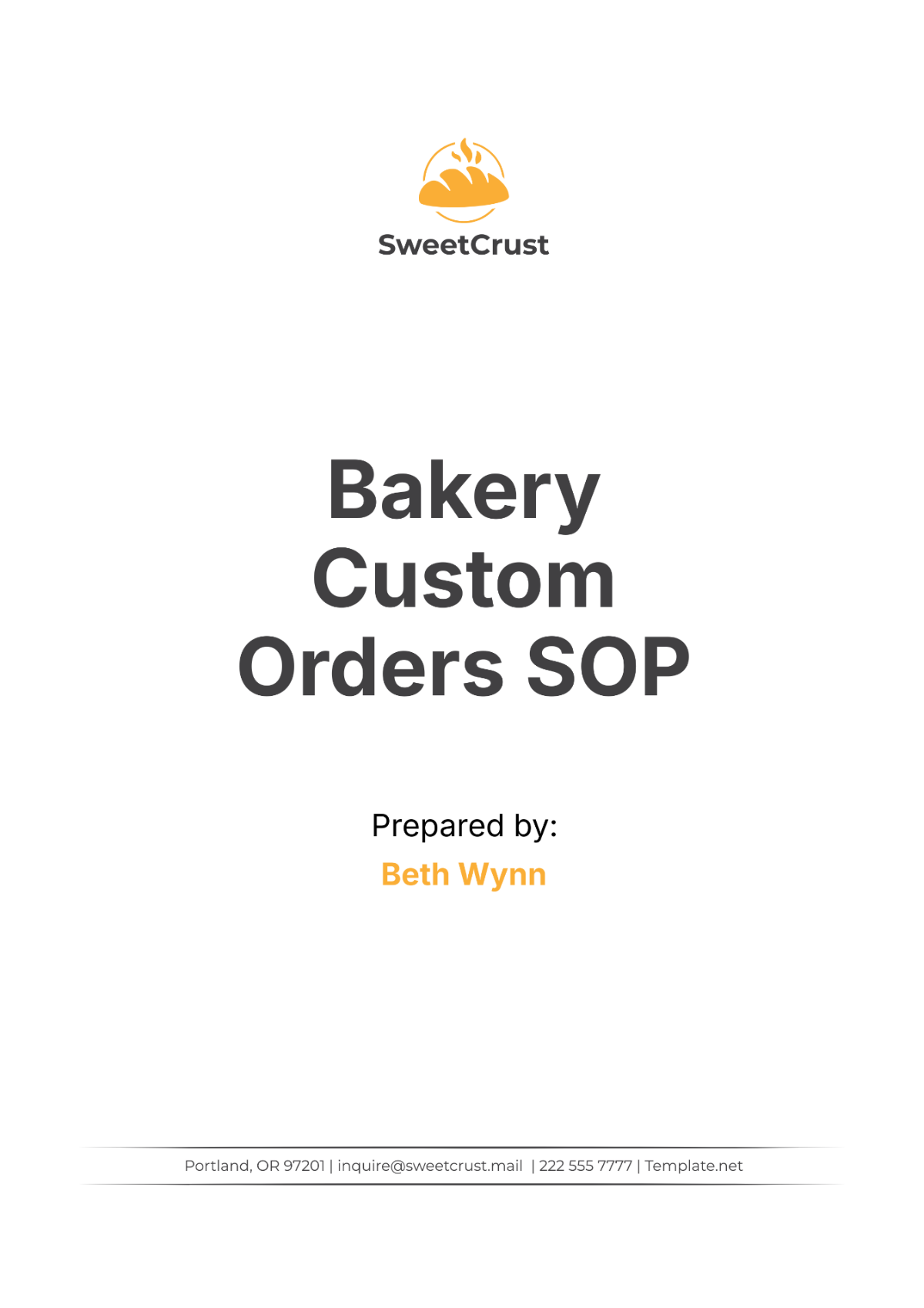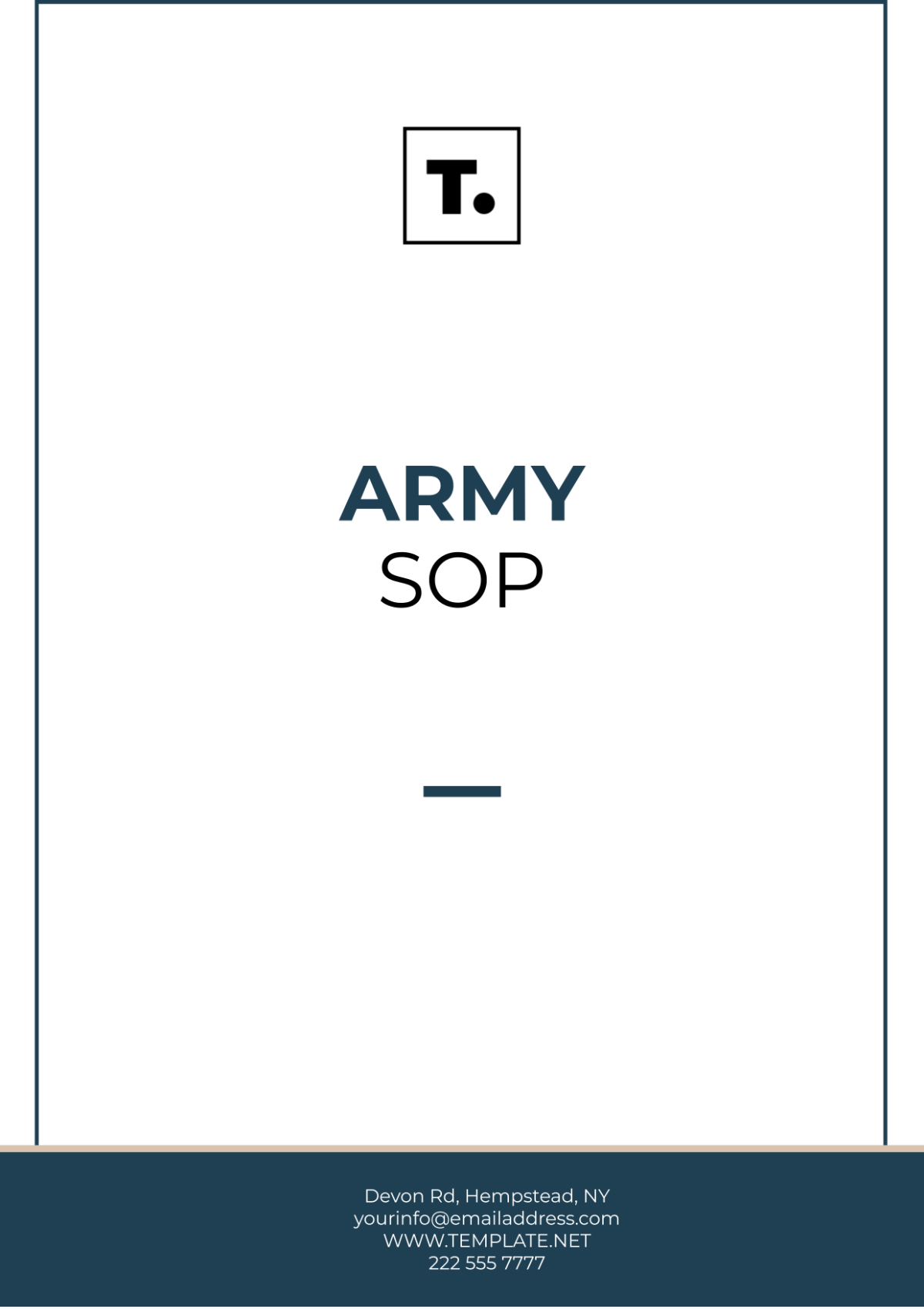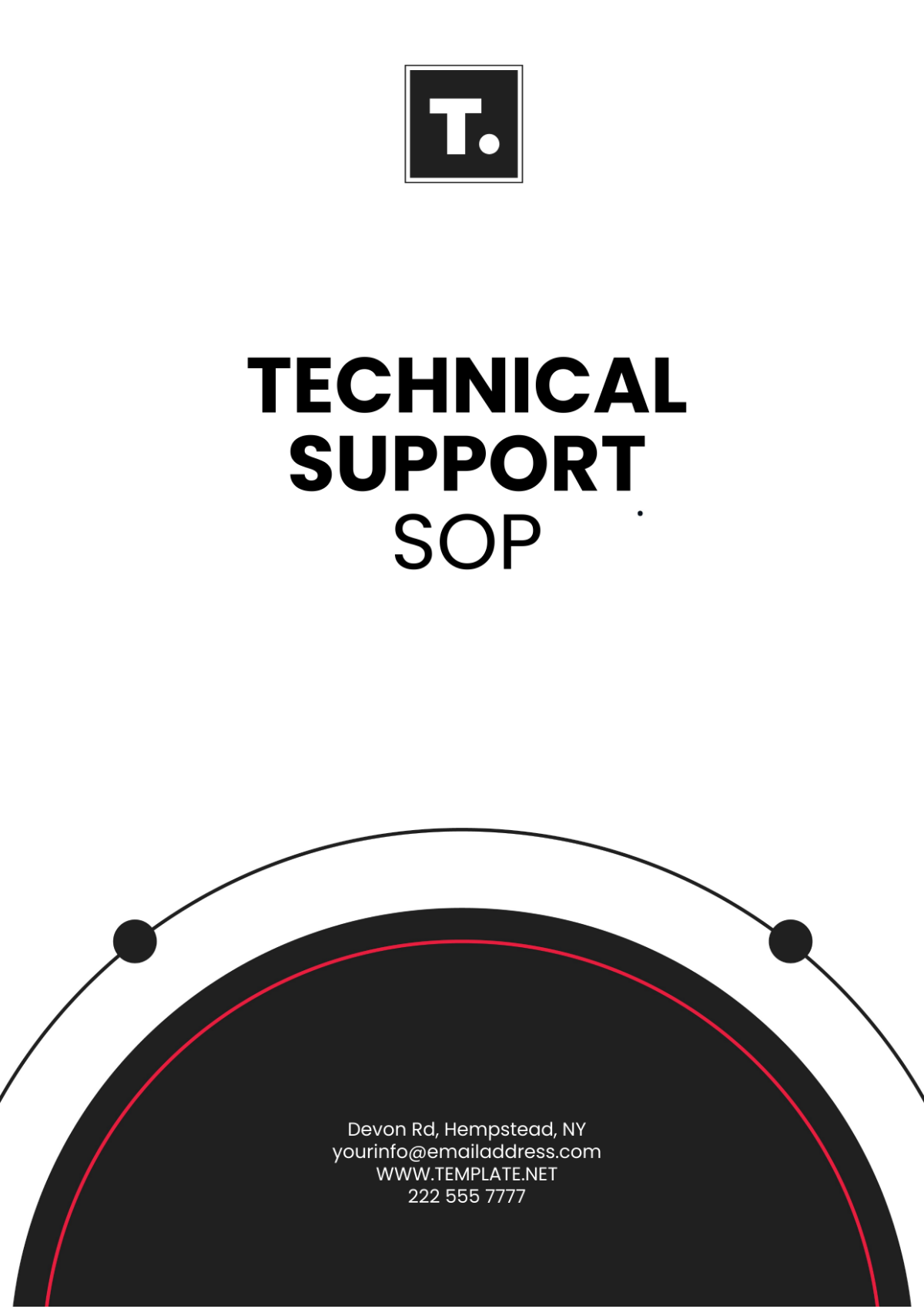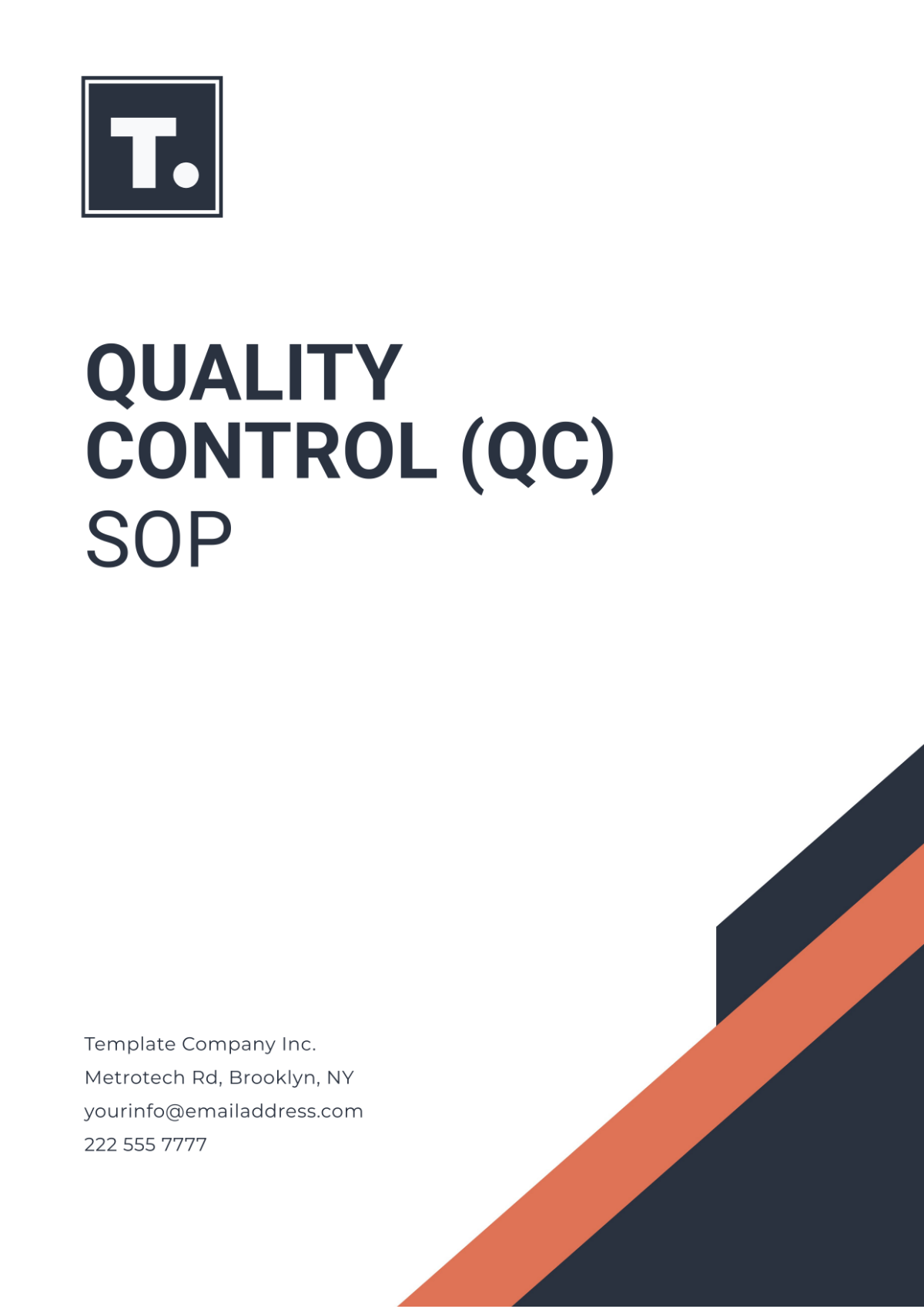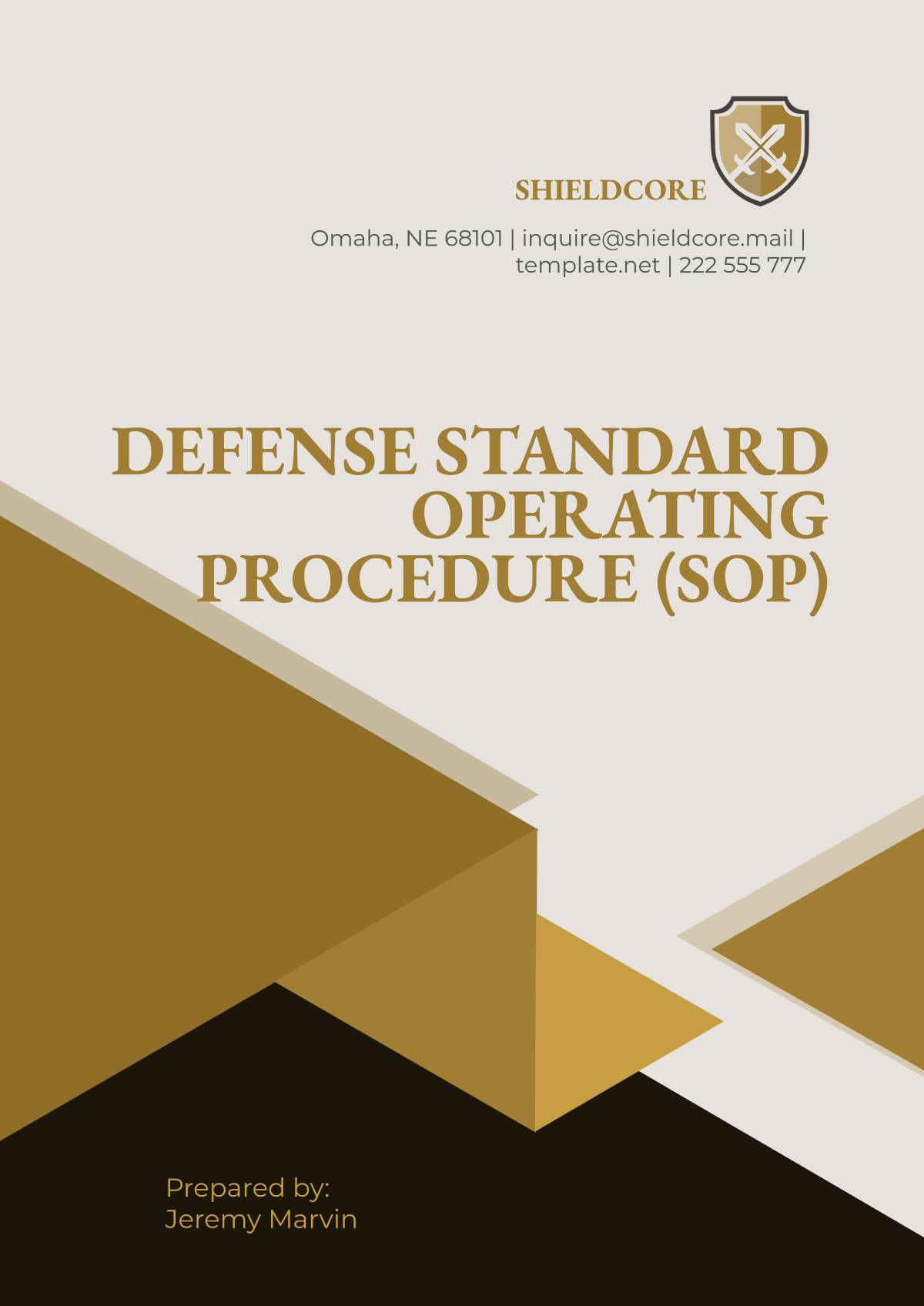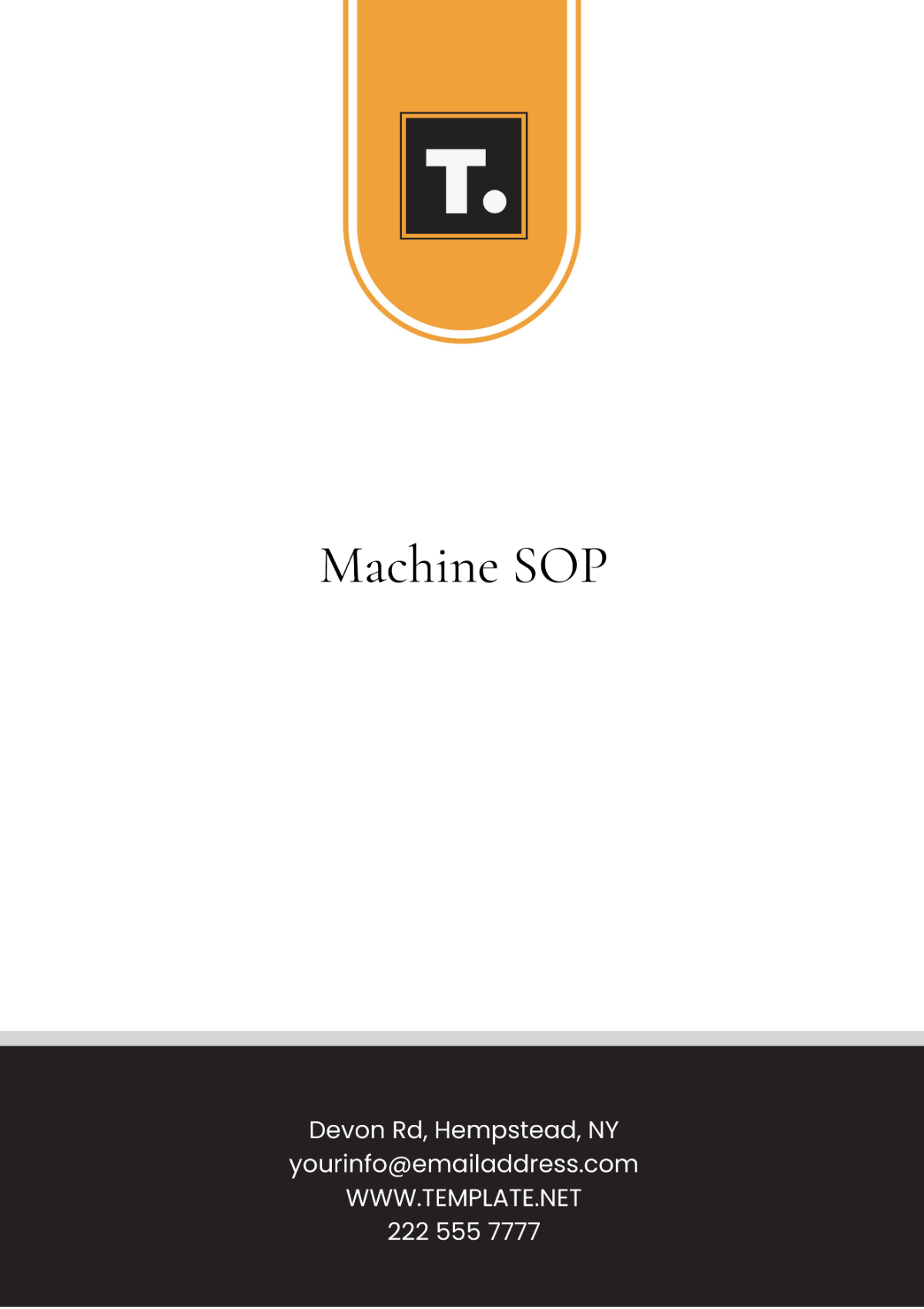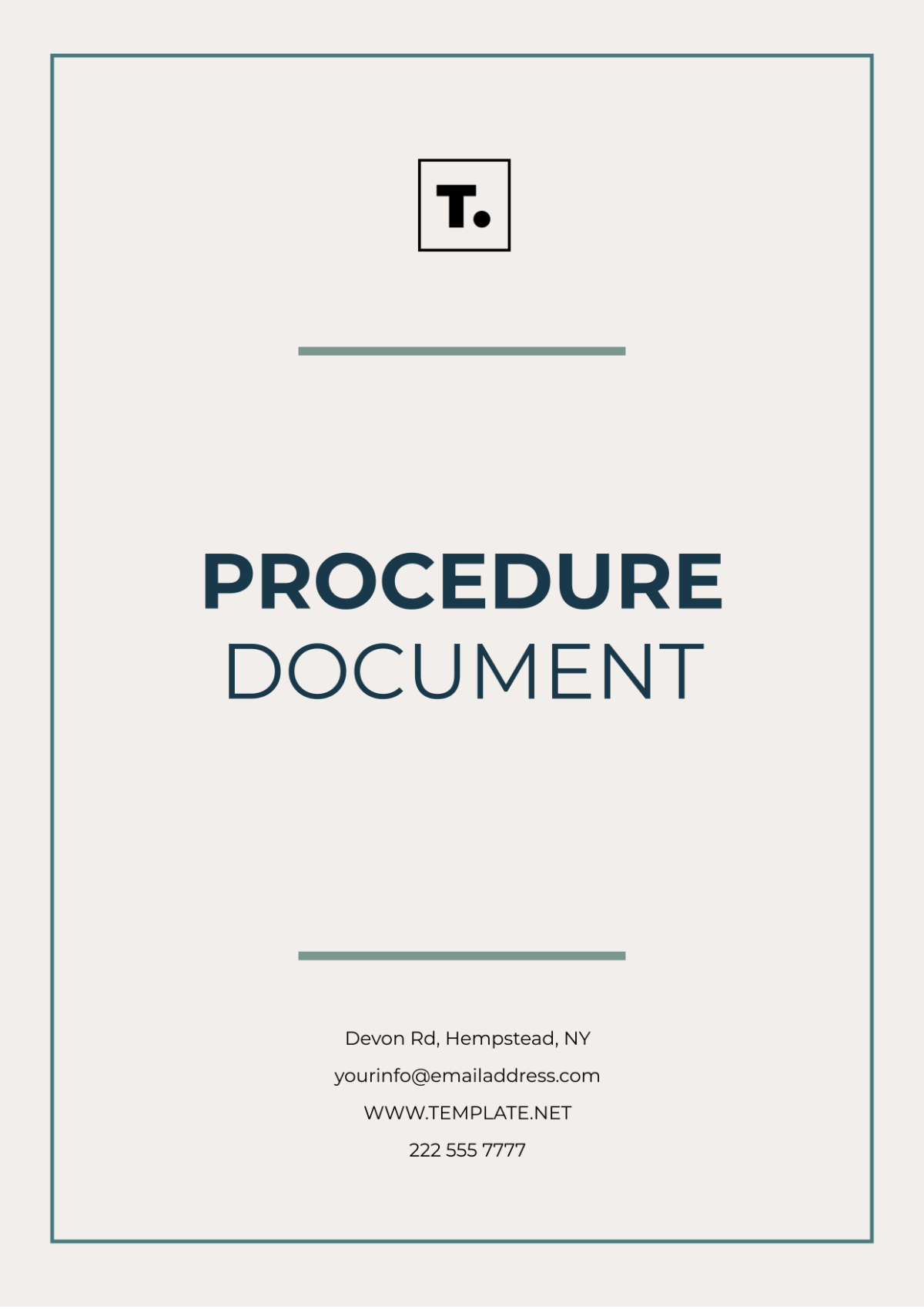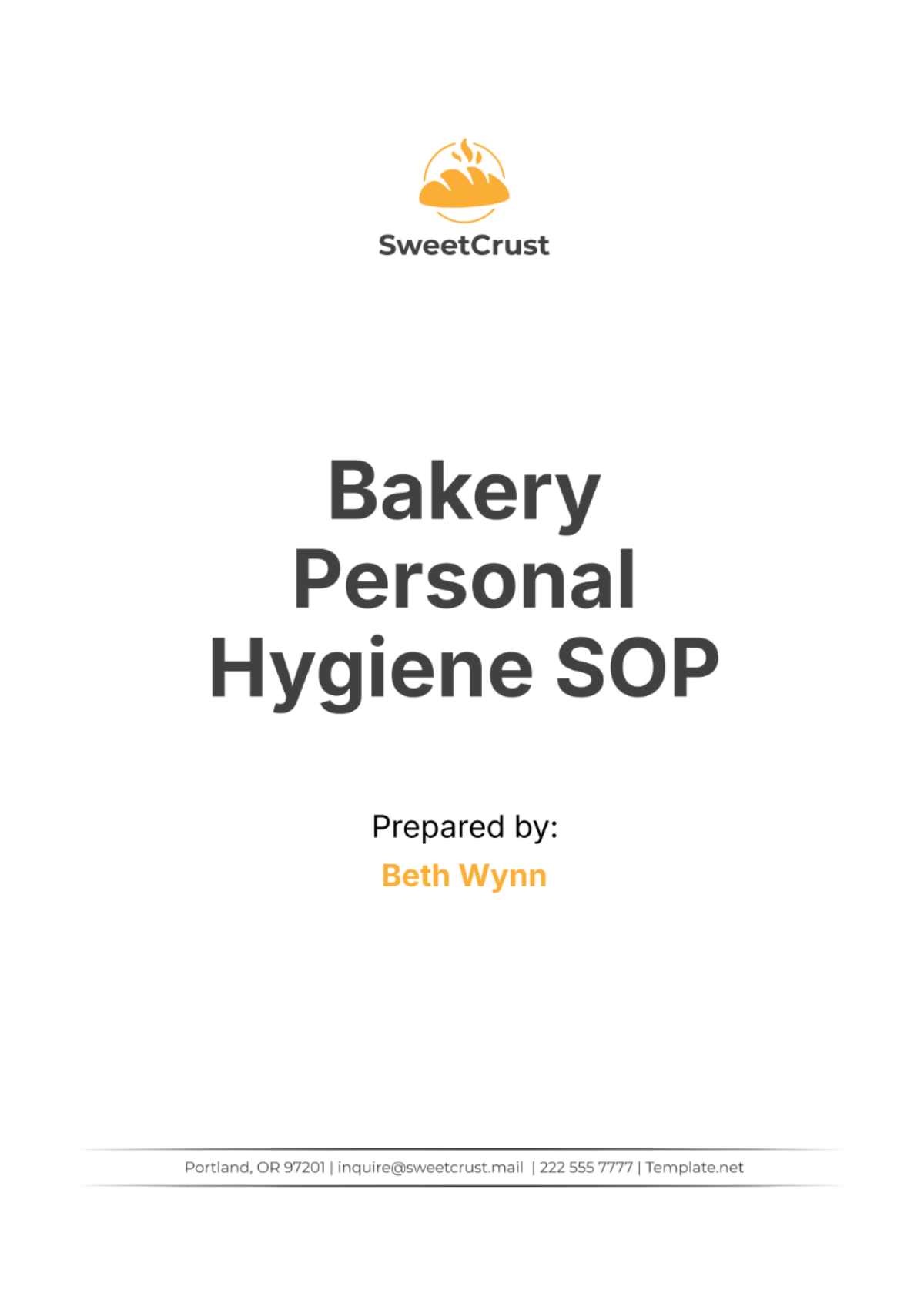E-commerce Standard Operating Procedure (SOP)
I. Purpose
This Standard Operating Procedure (SOP) outlines the step-by-step processes and guidelines for conducting various tasks related to e-commerce operations within our company. It covers procedures for tasks such as order processing, customer inquiries, inventory management, and website maintenance, among others. The objective of this SOP is to ensure efficiency, accuracy, and consistency in our e-commerce operations to enhance customer satisfaction and optimize business performance.
II. Scope
This Standard Operating Procedure applies to every employee who plays a part in e-commerce operations within our company. In particular, this covers a range of roles, not restricted to, but including the teams responsible for fulfilling orders, representatives who handle customer service, managers who are in charge of inventory, and those personnel who look after the maintenance of the website
III. Responsibilities
Order Processing Team
The individual is in charge of managing the processing of incoming orders. Their responsibilities also include updating the status of these orders to keep track of their progress. Furthermore, they are tasked with coordinating with both the warehouse and logistics teams. This teamwork is crucial for ensuring that all orders are fulfilled promptly.
Customer Service Team
Responsible for handling customer inquiries, resolving issues related to orders, products, and payments, and maintaining positive customer relationships.
Inventory Management Team
Responsible for monitoring stock levels, updating inventory records, conducting regular audits, and coordinating with procurement teams for restocking.
Website Maintenance Team
Responsible for updating product listings, managing website content, implementing website improvements, and ensuring a smooth user experience.
IV. Order Processing Procedures
Receiving Orders
Orders are received through our e-commerce platform and other sales channels.
Orders are automatically assigned to the order processing team for review.
Order Review
Order details including product(s), quantity, shipping address, and payment information are reviewed for accuracy.
Any discrepancies or issues are flagged for resolution.
Order Fulfillment
Verified orders are forwarded to the warehouse for picking, packing, and shipping.
Shipping labels are generated and attached to packages.
Order Tracking
Tracking information is updated in the system and shared with customers for shipment tracking.
V. Customer Inquiries Procedures
Inquiry Handling
Customer inquiries are received through multiple channels (e.g., email, phone, chat).
Inquiries are categorized based on type (e.g., product inquiries, order status, returns).
Issue Resolution
Customer inquiries are promptly addressed with accurate information and solutions.
Escalate complex issues to relevant departments for resolution.
Customer Communication
Maintain regular communication with customers regarding inquiries, updates, and resolutions.
Ensure timely responses within defined service level agreements (SLAs).
VI. Inventory Management Procedures
Inventory Monitoring
Regularly monitor stock levels for all products.
Set threshold levels for reordering based on demand forecasts.
Inventory Updates
Update inventory records in real-time as orders are processed and products are received.
Conduct regular audits to reconcile physical inventory with system records.
Restocking
Coordinate with procurement teams to replenish stock based on inventory levels and sales trends.
Ensure timely restocking to avoid stockouts.
VII. Website Maintenance Procedures
Product Listing Updates
Regularly update product listings with accurate descriptions, images, and pricing.
Add new products and remove discontinued items as necessary.
Content Management
Ensure website content such as banners, promotions, and policies are up-to-date.
Implement SEO best practices for improved visibility and search rankings.
Website Improvements
Monitor website performance metrics (e.g., page load times, and bounce rates) and identify areas for improvement.
Collaborate with IT teams to implement website enhancements and optimizations.
VIII. Quality Assurance
Regular Audits
Conduct regular audits of e-commerce processes and systems to ensure compliance with SOPs.
Identify areas for improvement and implement corrective actions.
Feedback Analysis
Gather feedback from customers, employees, and stakeholders regarding e-commerce operations.
Analyze feedback to identify trends, issues, and opportunities for enhancement.
IX. Training and Development
9.1 Training Programs
Training programs tailored for employees engaged in e-commerce activities need to be initiated and conducted. It is also necessary to ensure that all staff are updated on any modifications to standard operating procedures. Furthermore, employees should be notified about any newly introduced tools and should be enlightened on the best and highly suggested practices in the discipline.
9.2 Skill Development
It is encouraged that continuous learning and skill development be a constant element within e-commerce teams, ensuring each member's potential and the team's overall progress and success are optimized to the best possible degree.
Make sure that resources are continually provided and support is consistently available for promoting the professional growth and development of those concerned.
X. Documentation and Reporting
10.1 Record Keeping
Maintain accurate records of e-commerce transactions, customer interactions, inventory movements, and website changes. It is necessary to ensure that data integrity and security are maintained following relevant regulations and standards.
10. Reporting
The duty entails creating routine written reports highlighting crucial e-commerce measures such as sales performance, customer satisfaction, and inventory turnover. Upon completion, these reports demand rigorous scrutiny for identifying evident trends, potential opportunities to be capitalized on, and areas requiring improvement for the sake of enhancing efficiency and performance.

[Approver's Name]
[Approver's Role]
[Approval Date]


